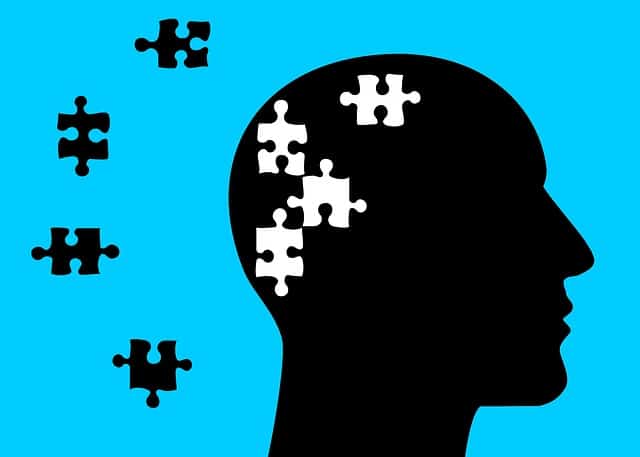
Mnemonic is that associated with memory.
The term mnemonic , which can also be mentioned as mnemonic as accepted by the Royal Spanish Academy ( RAE ) in its dictionary, comes from the Latin word mnemonĭcus , in turn derived from the Greek mnēmonikós . As an adjective, the concept alludes to that linked to memory : the psychic capacity that allows one to store and remember what has already happened.
Mnemonic can also refer to mnemonics , which is the process of mental association that helps remember something. In this case the idea refers to a memorization resource.
Examples of mnemonic
Converting numbers into letters, creating “mental boxes” , promoting word associations and developing sentences are some of the common mnemonic mechanisms. Let's see an example of how these techniques work.
Suppose we want to remember the order of the planets in the solar system in relation to their proximity to the sun . From closest to most distant from the star, we will find Mercury first and then Venus , Earth , Mars , Jupiter , Saturn , Uranus and Neptune , until we reach the furthest one: Pluto (currently considered a dwarf planet). To memorize this order, it is possible to invent a phrase that remains in memory, forming the expression with the initials of each planet: “ My Neighbor T omás M artínez N amas S embro Un N ogal P ecanero” ( M ercurio – V enus – Earth – Mars – Jupiter – Saturn – Uranus – N eptune – Pluto ).

A mnemonic resource involves a process of mental association to facilitate the memory of something.
Criticisms of the method
As in any other field, not all education experts agree with the use of mnemonic expressions to memorize concepts. Some, for example, claim that this is an unnecessary use of energy that should be allocated to memorizing the terms in question.
On the other hand, it is important to note that some students simply do not find many benefits in using this technique.
Mnemonic in computing
In the field of computing , the word that replaces an operation code is called a mnemonic to make programming easier. In this way, human language is used to replace machine language .
Each mnemonic term, in this framework, is then converted into binary numbers and thus the instruction can be understood by the microprocessor . This conversion is carried out with assembly language .
This is necessary because the microprocessor does not use our same language, that is, it does not come prepared to understand words, in the sense that we give it, but simply binary numbers, that is, zeros and ones. While programmers could create their code using these symbols, it would be extremely difficult for them to think this way, both when developing and when reviewing and correcting. For this reason mnemonics emerged.
The MOV instruction
A clear example of this concept is the MOV instruction, present in the assembly language of almost all microprocessors, which is used to transfer data between two memory or processor registers . Its syntax is quite simple for a programmer to understand, since it consists of the name of the instruction, a destination address followed by a comma and the source address, which can be read as follows: "move to this direction what you find in this other one.
In desktop applications, such as word processors and image editors, we speak of a mnemonic in reference to the keys that allow us to quickly access the different menu options. For example, it is common for the toolbar to begin with the "File" menu, which can be accessed by pressing ALT + A , where A is the initial of the word. Similarly, E is used for “Edit” and V for “View”.
